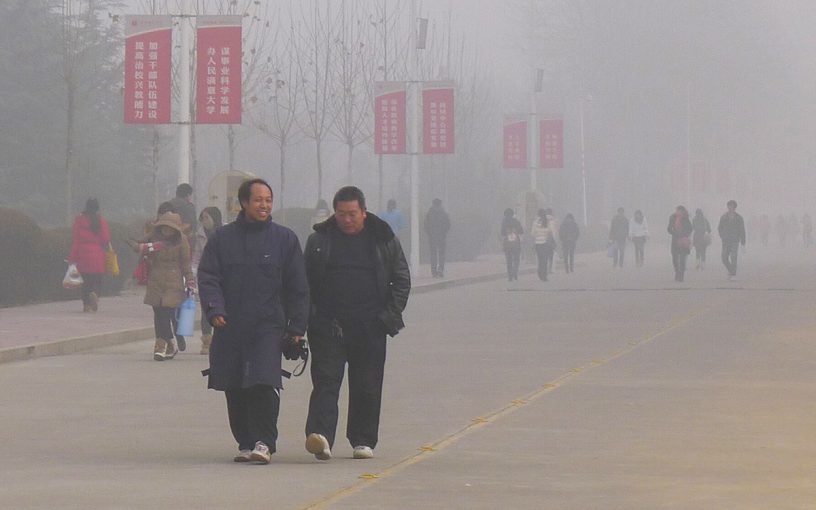
Authors
Abhiroop Chowdhury, Associate Professor, Jindal School of Environment & Sustainability, O.P. Jindal Global University, Sonipat, Haryana, India.
Armin Rosencranz, Dean,Jindal School of Environment & Sustainability, O.P. Jindal Global University, Sonipat, Haryana, India.
Summary
As many of us know, the world is in the midst of a climate change catastrophe. Greenhouse gases (GHG) are chiefly responsible for this.
More than a quarter of all global greenhouse gas emissions come from China. Between 2014 and 2019 carbon dioxide emissions by China increased by 0.9% per year. While each country is struggling to reduce its emissions under the 2015 Paris accord, China seems oblivious to the climate change threat. China is now the largest emitter of greenhouse gases, toppling even the United States and the European Union.
China’s indifference to the environment predates the industrial era. During the Qing dynasty (1644-1911), the country was ravaged by population growth, land conversion, soil erosion, deforestation and poor health conditions.
During those times, rampant deforestation coupled with soil erosion impacted China’s agriculture. Heavy military spending and corruption led the empire into the arms of imperialistic western powers. This undermined the ecological resilience of the nation. Nature hit back with drought and famine between1876 and 1879, resulting in the death of millions.
Industrialisation started making its mark in China by 1877 with the introduction of railways in Shanghai. Imperialistic expansions of Western powers in China resulted in a weak, corruption-ridden economy at the start of the 20th century. China is the world’s second-largest oil consumer as well as the world’s largest producer and consumer of coal. The country produced a massive 3280 million tonnes of industrial waste between 2013 and 2016.
Published in: Deccan Herald
To read the full article, please click here


